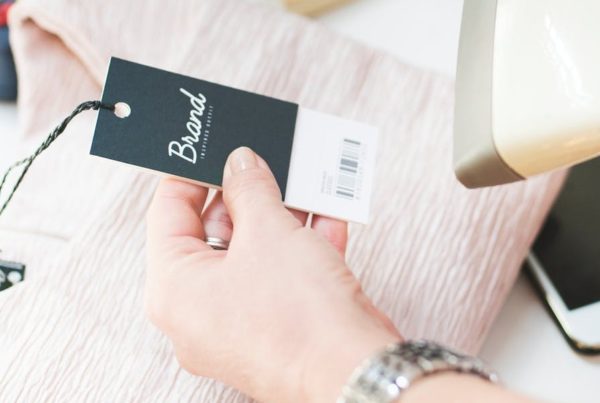When I first meet and speak to businesses, one of their biggest goals and desires is to get into large retail chains. There’s almost the belief that getting into a large retailer is like winning the lottery.
Now there’s no denying the benefits of securing a large retail account. The initial sales volumes from an opening order can be quite substantial, plus the reach and the perceived credibility that comes with it. However, there are some drawbacks to immediately starting off in a large retailer. I truly believe that it’s not always the best thing for a product-based business, especially one that is fairly new and still building their brand.
An approach I always guide my clients with is what I call the crawl – walk – run model. This approach is based on starting from where you’re at and working towards your vision. You need to know and identify your ideal target retail partners, and then map out how you can grow properly and profitable towards them.
There’s many misconceptions regarding landing a big retail account, and this misconception can cost your business big time! It’s important to be well prepared when you venture into working with large retailers.
Something to consider when working with large retail chains are additional fees that they may require from you. Smaller chains, like ‘mom and pop’ or specialty stores may not ask for these additional fees.
These initial costs, such as listing fees, O&A (over and above), marketing programs etc., can be very costly. Many times small businesses cannot afford these costs.
Yes, there’s the argument that you can take your purchase order (PO) to a bank and secure a loan, as the banks will tend to give you the loan based on your purchase order, but there’s so much more to factor in. For instance, are you able to produce enough supplies to handle the initial order quantities PLUS regular movement? You’ll need enough money not only for the listing fees, but increased cost of production and demand. These costs can be higher than anticipated.
Furthermore, to list a new vendor and product takes much longer at large retailers due to the number of people and team involved. Sometimes, payment to you may take longer than you think. Are you able to handle the constraints in your cash flow?
When you start small, you’re able to build momentum and scale your business better. It’ll allow you to make mistakes that’s less costly than if they were made in a larger chain.
This is not to say that you decline an offer if you get that chance from a large player. I just want you to be aware of what is required. I come across many businesses that are not aware of what’s required and it can cost them a great deal of time and money.
I suggest to really look at your business and it’s capacity and see if bigger is really right for you. If it is, great! But there’s nothing wrong with taking the time to start small. Build the experience and sales needed to better manage relationships with larger retailers. This experience and knowledge will help you to be more successful when you finally land your large dream retail account.
Have you grabbed your FREE copy of the Wholesale Consideration checklist? Click here to get it now.





